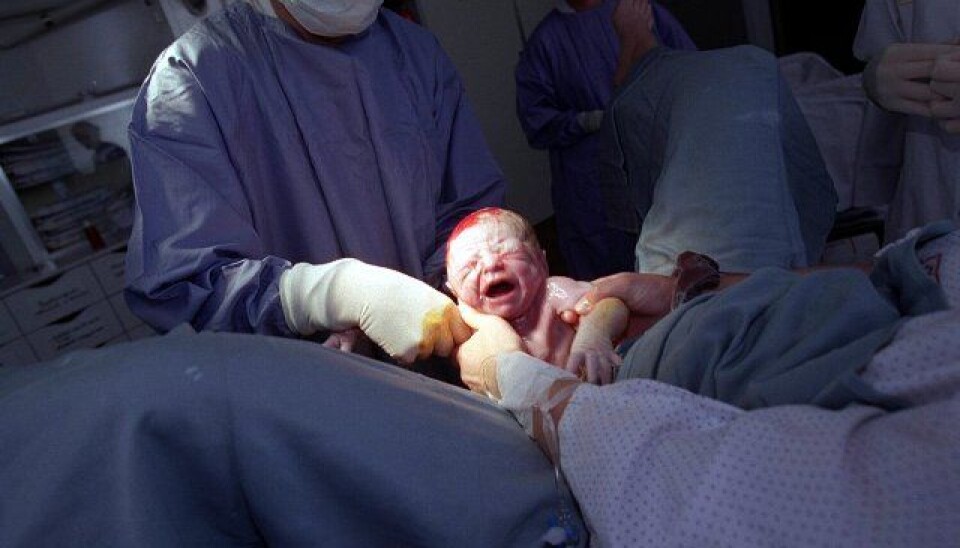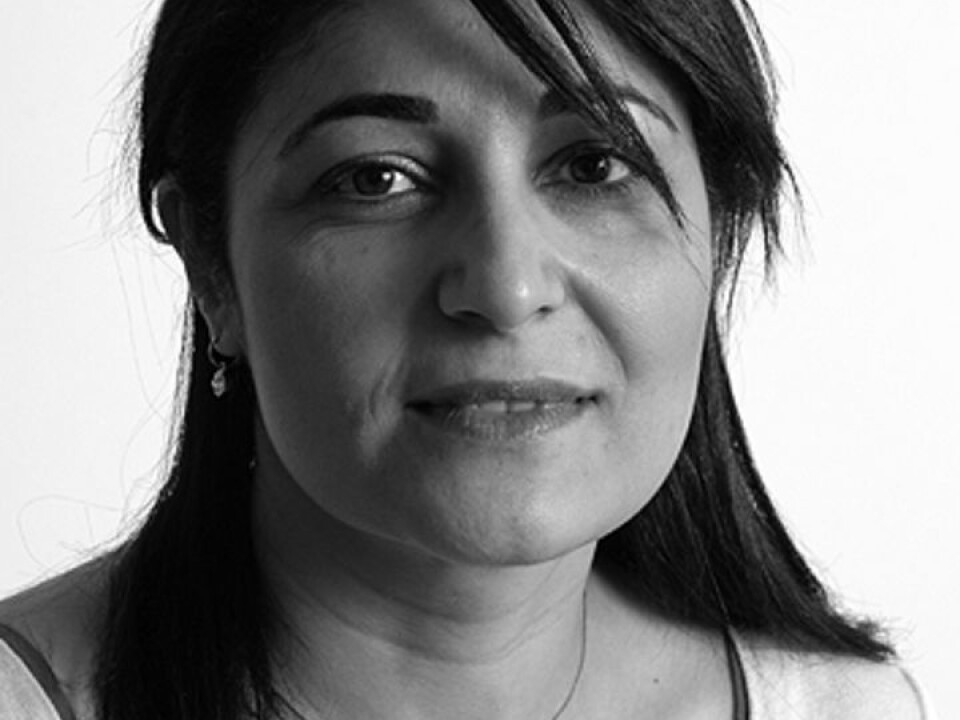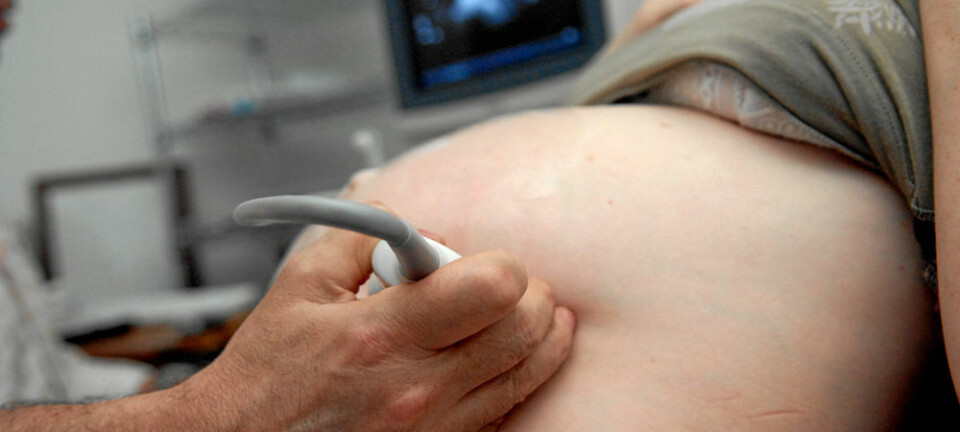
Serious ruptures during deliveries are on the decline in Norway
For forty years the number of serious tears of tissue among women giving birth was on the rise in Norway. Now the occurrence of these injuries is declining due to preventive measures.
Denne artikkelen er over ti år gammel og kan inneholde utdatert informasjon.
The more serious of these tears injure the sphincter muscle or some of the mucous membrane of the rectum and are known as sphincter ruptures.
Such injuries suffered while delivering can have serious consequences, including problems with involuntary releases of gas or bowel movements.
“In my daily work I’ve encountered many women who are struggling with the consequences of sphincter ruptures. I feel it’s important to try and prevent these injuries,” says Elham Baghestan.
She is the chief physician at the Department of Gynecology and Obstetrics at the Haukeland University Hospital and got her doctorate in a study of sphincter ruptures among Norwegian women.

Baghestan has studied data from the Medical Birth Registry covering 2.2 million births. She discovered a troubling development:
In the course of four decades the incidence of sphincter ruptures rose almost ten-fold, from 0.5 percent of all deliveries in 1967 to 4.1 percent in 2004.
Larger babies give more ruptures
The increase is probable due to a combination of better diagnostics and registration of these injuries and a change in the population of women who were delivering.
An alteration in the practices of the hospitals and clinics could also have led to a genuine increase in occurrences of such injuries, according to Baghestan.
She thinks some of the increase can be explained by more frequent use of vacuums, the more frequent birth of large babies and the fact that more women are older when they give birth to their first child.
"But it can also be attributed to factors that aren’t listed in the Medical Birth Registry, such as the use of various grip and support techniques,” she explains.
Asians and Africans are more vulnerable
Baghestan has also investigated factors that heighten the risk of serious ruptures. It came as no surprise that women who were first-timers ran a higher risk of a sphincter rupture than others, and larger babies and the use of mechanical instruments in the deliverance were also contributing factors.
She discovered that women of Asian and African heritage who delivered in Norway are particularly prone to these injuries. However she isn’t sure how to explain this.
“Speculations have been made but we are really uncertain. We know that Asian women elsewhere in the world are also more likely to suffer sphincter ruptures. But the situation isn’t the same for women of African heritage.”
Baghestan says American studies have revealed a lower frequency of the problem among Afro-American women than among American women of European heritage.
The disparity between Afro-American women and African women in Norway could be attributed to their being two completely different population groups.
“Many African women in Norway come from regions in Africa where female circumcision is widespread. Cultural factors can also play a role. But this is all speculation,” stresses Baghestan, who considers it an interesting and important theme for further research.
Some grips prevent ruptures
Fortunately the incidence of sphincter ruptures is now on the decline. Health authorities have focused on preventive measures since 2004. These include better communication during the delivery and special grips of the midwife’s hands to slow down the baby’s exit and support the child’s head and mother’s lower parts – the so-called Finnish grip.
This work has paid off, because by 2011 the share of mothers giving birth who suffered ruptured sphincters was down by half, from 4.1 percent to 2.1 percent. Research is now being conducted to find out why, but Baghestan has no doubts preventive measures have worked.
“What has happened in Norway is terrific. We just need to stay on course and continue in our efforts relentlessly. When we learn more about what measures are most effective, we can focus even more on these,” she concludes.
--------------------
Read this article in Norwegian at forskning.no
Translated by: Glenn Ostling

































